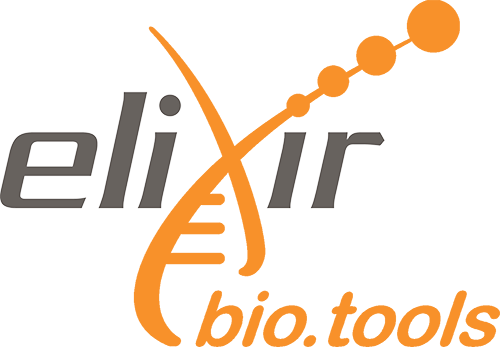e-learning
Classification in Machine Learning
Abstract
In this tutorial you will learn how to apply Galaxy tools to solve classification problems. First, we will introduce classification briefly, and then examine logistic regression, which is an example of a linear classifier. Next, we will discuss the nearest neighbor classifier, which is a simple but nonlinear classifier. Then advanced classifiers, such as support vector machines, random forest and ensemble classifiers will be introduced and applied. Furthermore, we will show how to visualize the results in each step.
About This Material
This is a Hands-on Tutorial from the GTN which is usable either for individual self-study, or as a teaching material in a classroom.
Questions this will address
- What is classification and how we can use classification techniques?
Learning Objectives
- Learn classification background
- Learn what a quantitative structure-analysis relationship (QSAR) model is and how it can be constructed in Galaxy
- Learn to apply logistic regression, k-nearest neighbors, support verctor machines, random forests and bagging algorithms
- Learn how visualizations can be used to analyze the classification results
Licence: Creative Commons Attribution 4.0 International
Keywords: Statistics and machine learning
Target audience: Students
Resource type: e-learning
Version: 18
Status: Active
Prerequisites:
- Basics of machine learning
- Introduction to Machine learning
Learning objectives:
- Learn classification background
- Learn what a quantitative structure-analysis relationship (QSAR) model is and how it can be constructed in Galaxy
- Learn to apply logistic regression, k-nearest neighbors, support verctor machines, random forests and bagging algorithms
- Learn how visualizations can be used to analyze the classification results
Date modified: 2025-05-14
Date published: 2020-04-30
Contributors: Alireza Khanteymoori, Anup Kumar, Armin Dadras, Björn Grüning, Helena Rasche, Martin Čech, Saskia Hiltemann, Simon Bray, Teresa Müller
Scientific topics: Statistics and probability
Activity log


